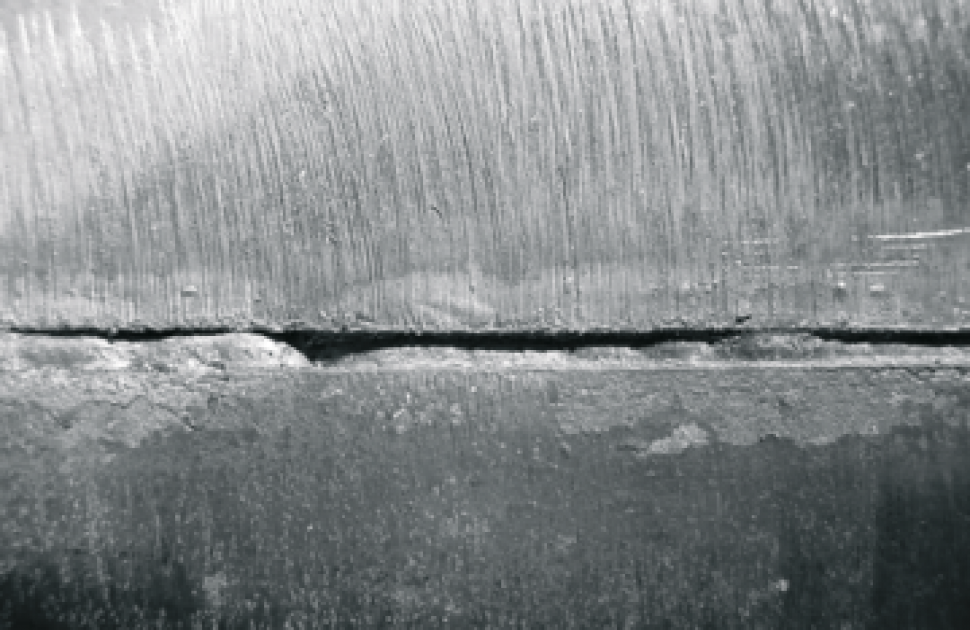Effective Ways to Prevent Weld Undercut in Your Welding Jobs
A Comprehensive Overview to Identifying, Preventing, and Repairing Undercut Welding Issues in Your Welding Jobs
In the realm of welding, experiencing undercut concerns is a typical obstacle that can endanger the structural integrity and overall high quality of your welding tasks. Remain tuned as we discover the vital components of determining, protecting against, and fixing undercut welding problems, offering you with beneficial understandings and strategies to boost your welding abilities to the next level.
Usual Sources Of Undercut Welding
Undercut welding, an usual concern in welding processes, can be brought on by different variables that need to be thoroughly recognized and addressed to make sure the stability of the weld joint. Among the main causes of undercut welding is extreme warm input. When the welding parameters, such as voltage, current, or take a trip speed, are not correctly set, an excessive quantity of warmth can be produced. This excess warm brings about the melting and succeeding removal of the base product along the edges of the weld joint, creating a groove called undercut.
Another common reason of undercut welding is incorrect welding strategy. Identifying these root triggers and applying corrective steps is essential in protecting against and fixing undercut welding troubles in welding projects.
Identifying Undercut in Welds

To recognize undercut accurately, appropriate illumination and magnification tools are necessary to inspect the weld joint completely. Utilizing tools such as a welding scale or a magnifying glass can assist in detecting also the smallest undercut imperfections. Furthermore, running a finger or a finger nail along the weld joint can often disclose undercut, as the surface might really feel irregular or have a dip where the undercut exists.
Safety Nets for Undercut
Having a deep understanding of the causes of undercut in welds enables for the execution of reliable preventive actions to maintain weld quality and integrity. These settings should be optimized to stop excessive warm input, which can lead to damage development.

Strategies for Taking Care Of Undercut

Boosting the welding existing or minimizing the traveling rate can help load in the undercut. In addition, transforming the welding method from a press to a drag or vice versa can additionally help lessen undercut.
An additional strategy is to use a weaving motion while welding to make certain correct sidewall combination and fill in the undercut. By oscillating the welding arc back and forth within the weld joint, the welder can deposit much more filler product into the undercut locations, properly eliminating the problem.
Furthermore, grinding out the undercut and rewelding the joint can be a practical option for a lot more severe undercut concerns - Preventing weld undercut. This process entails eliminating the undercut area, preparing the base steel, and then rewelding the joint with proper welding criteria and strategies to avoid undercut from returning

Expert Tips for Avoiding Undercut
Making use of proper welding methods and preserving control over essential welding specifications are critical methods for welders aiming to prevent undercut in their weld joints. Additionally, picking the suitable welding process and filler metal for the certain application can assist stop undercut. Keeping a constant traveling rate throughout the welding process is one more essential tip to avoid undercut.
Verdict
Finally, identifying, avoiding, and repairing undercut welding problems in your welding jobs is vital for making sure durable and strong welds. Preventing weld undercut. By recognizing the usual reasons for undercut, being able to determine it in welds, applying precautionary actions, and using proper techniques for fixing undercut, you can prevent prospective concerns and produce high-quality welds. Following specialist pointers for staying clear of undercut can assist you enhance your welding abilities and create far better cause your jobs
Undercut welding, an usual problem in welding processes, can be triggered by different factors that need to be meticulously recognized and addressed to make certain the honesty of the weld joint. In addition, running a finger review or a finger nail along additional hints the weld joint can in some cases reveal undercut, as the surface may feel irregular or have a dip where the undercut exists.
Making use of correct welding methods and keeping control over crucial welding criteria are essential methods for welders intending to avoid undercut in their weld joints.In final thought, determining, preventing, and dealing with undercut welding troubles in your welding projects is crucial for guaranteeing strong and long lasting welds. By recognizing the typical causes of undercut, being able to recognize it in welds, applying precautionary procedures, and utilizing correct methods for fixing undercut, you can prevent prospective problems and produce top notch welds.